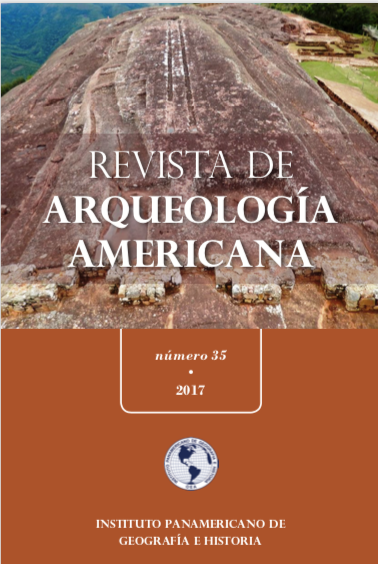SAN CATEQUILLA DE PICHINCHA: LIGHTNING HUACAS, ANCIENT ASTRONOMY AND INCA EXPANSION
Main Article Content
Abstract
The sanctification of the natural world and concepts and beliefs surrounding the sacred places or huacas are ancient in the Andes. Scholars have emphasized the importance of religious cults to the early spread of ancient technologies, ethnogenesis or cultural horizons, and appearance of distinct kinds of huacas and ceremonial centers. One of the most important huacas associated with Inca expansion was Sant Catequilla de Pichincha situated on a on a clifftop in the Pomasqui Valley of northern highland Ecuador. Its importance is related to its cosmological and symbolic associations to the Catequil religious cult to lightning (Illapa). It is the only known Inca huaca to be located directly under the equator at precisely 0°0’02” South Latitude. Locations with toponyms of Catequil or Catequilla in Colonial Peru and Ecuador are generally sacred places located high hills or cliffs and where natural springs occur which have stone platforms and pillars or gnomes. Research presented here represents an analysis of the astronomical functions of the circular and rectangular stone platforms at this site and how they relate to the surrounding landscape with regard to calculating solar and lunar cycles. Spanish chroniclers stated the platform at San Catequilla was given ritual offerings and highly venerated by indigenous communities during the Late Horizon and early Colonial Period because of its association to lightning and importance to the reckoning of astronomical cycles.
Downloads
Article Details
-
Abstract1264
-
PDF (Español)788
